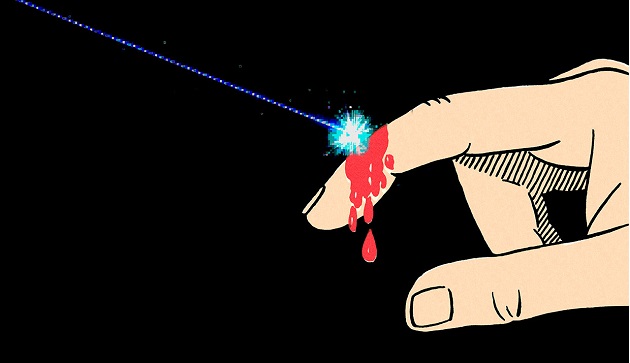Sci-fi fictions and movies has taught us many stories based on technology. ‘Dermal Regenerator’ in Star Trek, developed by a research team from Arizona State University, heals wound with laser.
Professor of Chemical Engineering at Arizona State University, Kaushal Rege and his team members have published a paper on Advanced Functional Materials, which is a description of how they could successfully repair animal wounds with laser-activated silk and gold nanomaterials.
Gold nanorods were embedded in the silk protein matrix, by the researchers, as the material to seal and repair the skin. The Near-infrared light hit the gold and silk integrated nanomaterials, with the activation of the silk, and the bond with the skin formed a seal.
The near-infrared laser used in the experiment operated at a wavelength of 800 nanometers, which did not cause damage to the skin and is powerful enough to activate the silk protein of the nanomaterial.
The team developed two types of nanomaterials, one is the water-resistant, for the use in the wet environment while the other one, for the use in the dry environment. The water-resistant nanomaterial acted seven times stronger than the traditional sutures to prevent liquid leaking from the wound when tested in pig intestines.
As near-infrared light can go deeper into the skin, the research team aims to improve the technology for repairing tissues that are deep in the body such as vessels and nerves.









